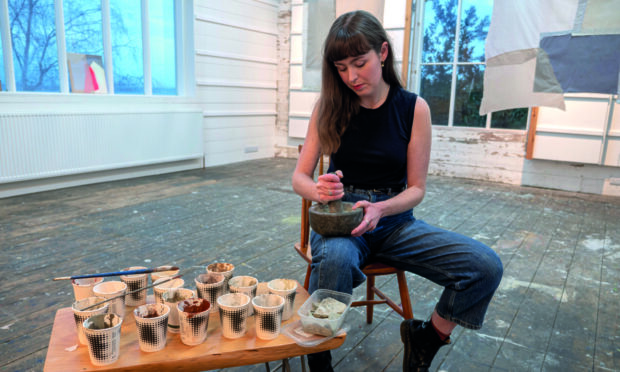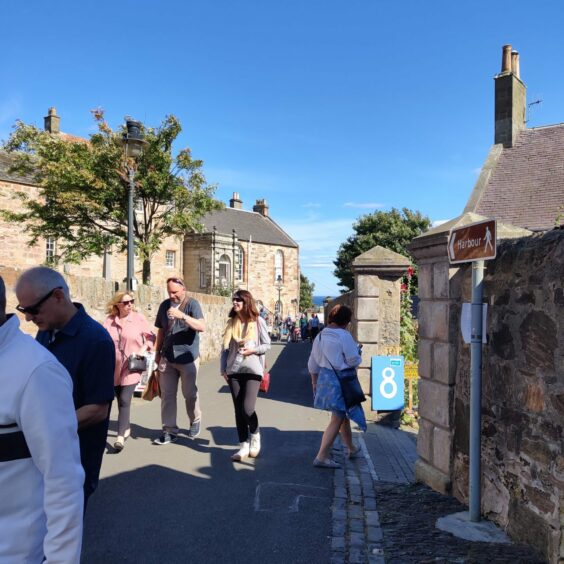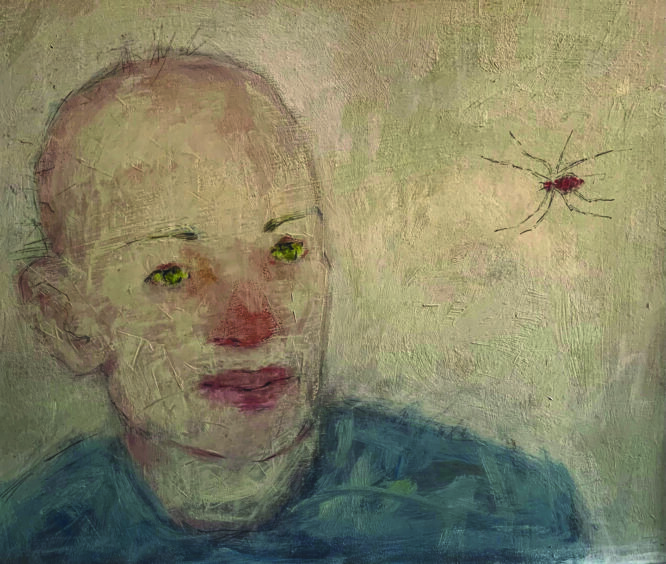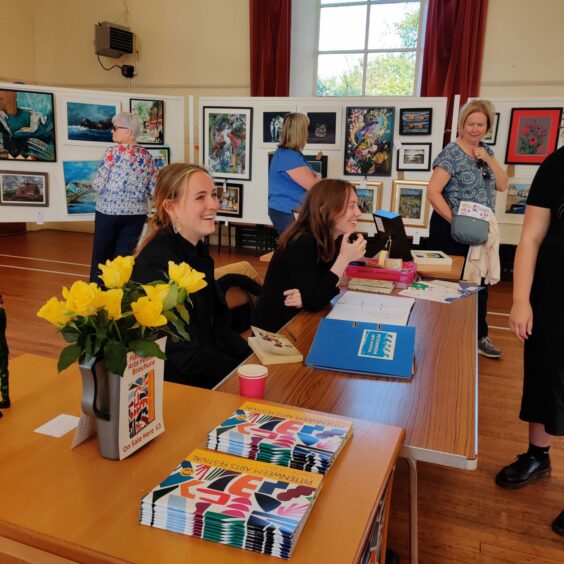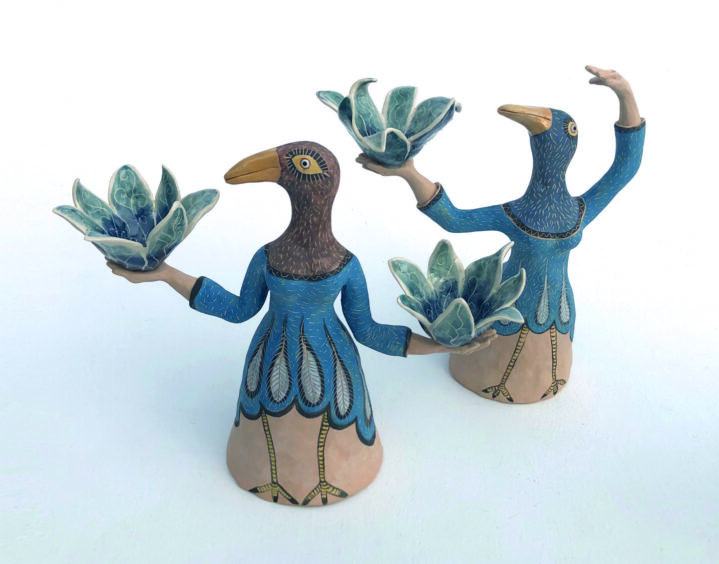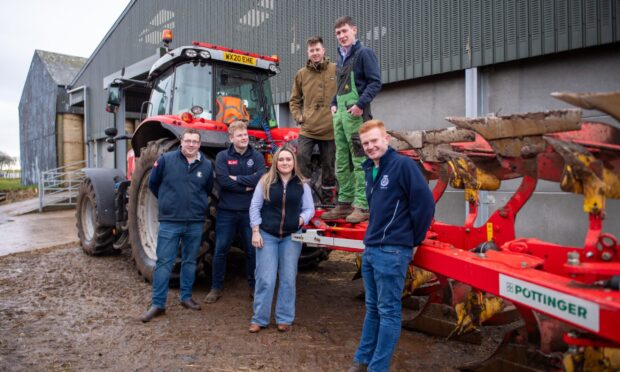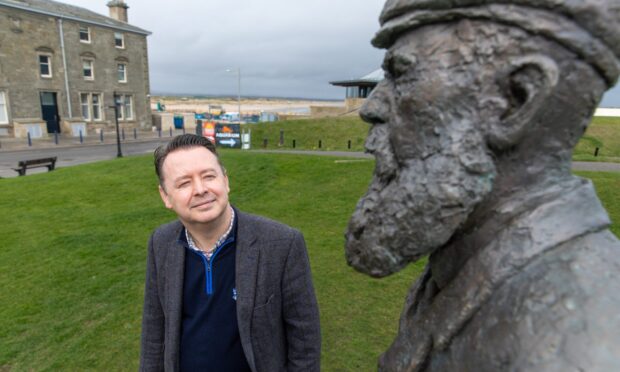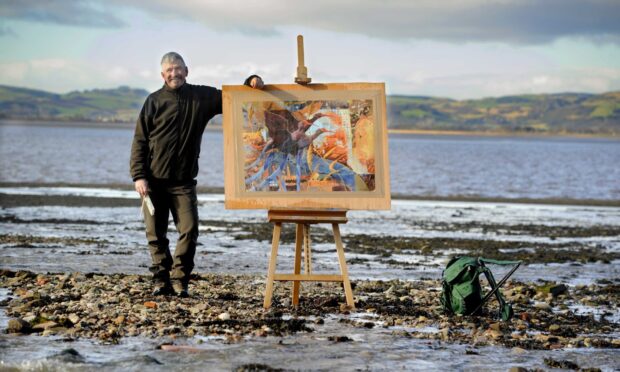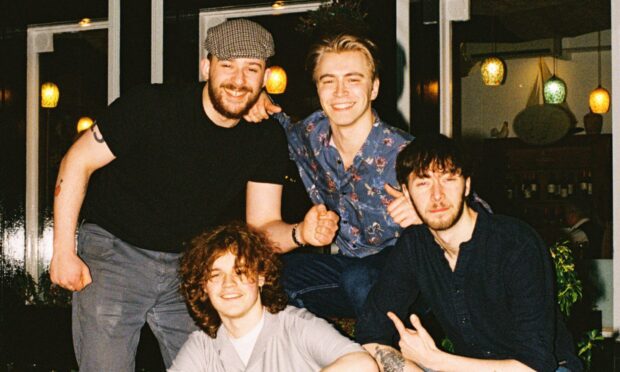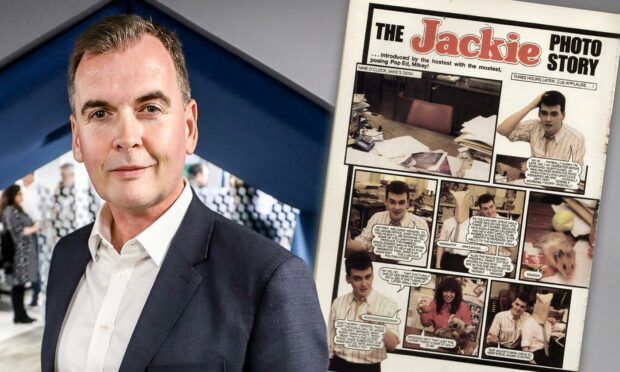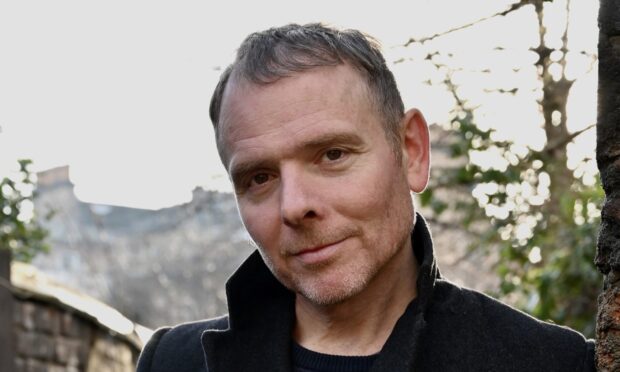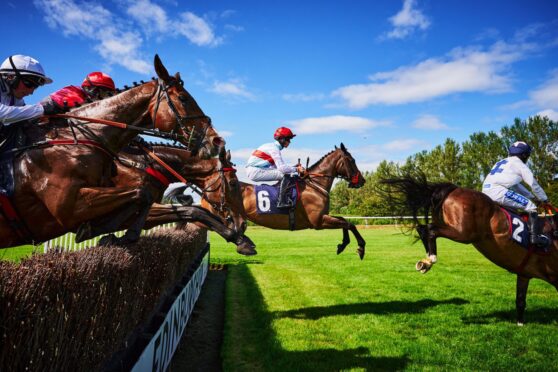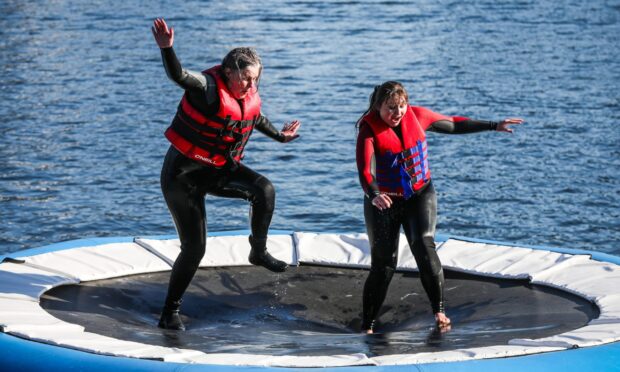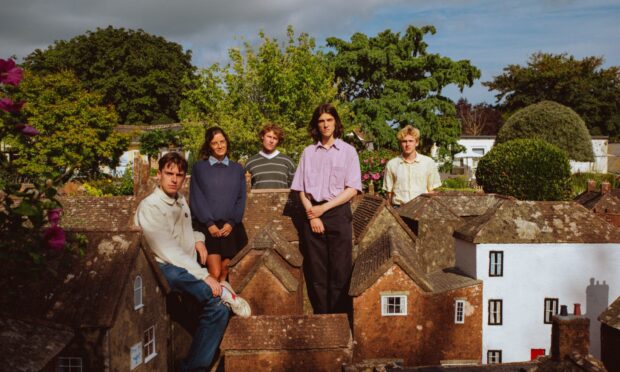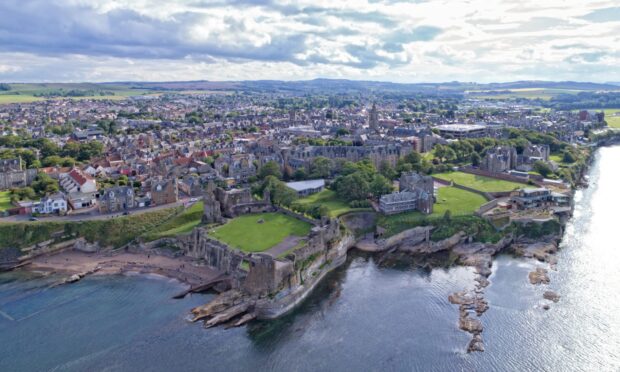“Fife is rich in artists, it’s a very creative place, but artists come to this festival from all over Britain,” says Jean B Duncan, chairwoman of Pittenweem Arts Festival.
The local event celebrates its 40th year this year (it started in 1982, but Covid did for a couple of editions).
“I think in total 114 artists are coming this year,” Jean continues.
“All sorts… painters, ceramicists, jewellers, some very well-known artists who come every year.
“You see artists here in August that you won’t see at other times of the year – and we’ve managed to keep going for all these years.”
The festival was founded by the pioneering Scottish art therapist Joyce Laing, who worked with high-security prisoners including Jimmy Boyle in Barlinnie’s Special Unit, and lived in Pittenweem.
“When she had the idea of starting a wee festival, she used lots of vintage photographs of Pittenweem in the old days, with the fishing and so on,” says Jean.
“That was in 1982, then one or two artists joined in, and after a few years there were more.”
According to Jean, Joyce was “the mainstay” behind the push to get art into the East Neuk.
“People can go to galleries in cities, but Pittenweem’s such a lovely place. The combination of wandering around a very interesting village, with sea and fishing boats and fresh air, and art is unique.
“Joyce recognised that, and she also had lots of good contacts, so over the years we’ve had a huge number of invited artists who exhibit internationally.”
Lead artist Joyce Gunn Cairns: ‘I’ve been spoiled rotten’
The key name appearing at this year’s festival is Edinburgh-based painter Joyce Gunn Cairns, who creates sparse and delicately beautiful images, often featuring, as her website notes, “the range of sentient life from insects to people”.
She’s a particular fan of cats, and says that if her work had any particular message it would be to reaffirm our connection to animal life and think twice about things like animal farming.
Yet none of this comes through overtly; her work – which is held by the Scottish National Portrait Gallery, the Scottish Poetry Library and other institutions, is simply very striking and evocative.
“My elder son stays down south and he and his wife and children are coming up to stay in Anstruther,” says Joyce.
“Isn’t that lovely? I’m looking forward to the festival because I’ve only been there once and it is a holiday, yes. Everyone there has been fantastic, they’ve been so supportive, they’ve done everything for me. I’m being spoiled rotten.”
Wemyss needleworks on display
Of interest for people in Fife particularly, says Jean, will also be the Wemyss School of Needlework.
“They’re based along in Coaltown of Wemyss, towards Kirkcaldy,” she says.
“They have the most fantastic collection of 19th century embroideries, sewing and hangings, absolutely fabulous works that people just aren’t able to do nowadays.
“They started in 1877 as a school for coal miners’ daughters. Women went down the pits as well as the men, but some young women went into service, because they were the only jobs they had.
“Big houses would take them on and they were taught how to do the most exquisite needlework, that’s basically how the school started.
“The hangings will look nice, and you can come along to two workshops for expert instruction on stitching and making things. The school’s become very well known, people all over the world know about it, but it’s on our doorstep and a lot of people in Fife don’t.”
Borders ceramicist Helen Kemp to appear
The other major invited artist this year will be Helen Kemp. “She’s from the Borders, she’s a ceramicist,” says Jean.
“She also has a croft, she’s very keen on gardening and growing organic vegetables. She makes very quirky pottery things which you can see on our website, she’ll be showing in a wee place down on the harbour.
“That’s our three big artists, and we’ve also got Siobhan McLaughlin, Pittenweem Arts Festival’s Henderson Bursary award winner.
“She’s a young woman from Edinburgh, not long out of college, and we just really liked her work. She’s doing pretty well just now, she does a lot of curating, but she’s not really had a solo show of her own work, so she will be down on the harbour as well.”
Pittenweem Arts Festival is a grassroots success on its own terms, with no public funding (“the paperwork is horrendous and there’s no guarantee you get the money,” says Jean).
Instead, it operates on artists’ registration fees and sales of the bespoke brochure, which this year features a piece on the festival’s origins by Joyce Laing.
The festival’s founder died last summer in her early eighties (although Jean says she’s discovered Laing was ten years older than everyone thought), yet her creation continues without her.
Jean, a volunteer much like the rest of the board, has now run it for 14 years.
‘You’ve got to keep small places alive’
“Thousands of people will visit over the week, and we’ve got to provide for them,” says Jean, who lives in the area and used to go on holiday to Elie as a child.
“It brings awareness of the East Neuk, and it means there’s a bit of business coming into the shops and all the good restaurants; the quality of the food in the East Neuk is something people come for as well.
“It’s a therapeutic thing for people, coming out of Edinburgh, getting away from the noise, and you come over to somewhere that’s still relatively quiet, clean and very friendly.
“It’s good for one’s health, although we do our best to try and keep things so people who live in Pittenweem are not totally inconvenienced.
“You’ve got to keep small places like this alive, though, you need new things coming in all the time. Fortunately it’s a very welcoming place, and I think visitors find that when they come. They’re struck by the easy-going friendliness of people here.”
Pittenweem Arts Festival is at various venues in Pittenweem from August 5-12.
